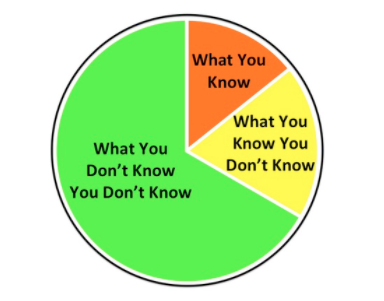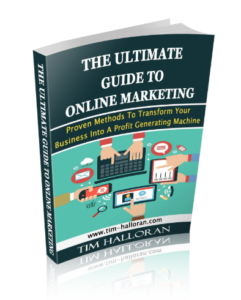Use this customer avatar worksheet pdf to help you define who your “perfect” customer is.

Your customer “avatar” is your ideal customer. That is, someone who will love you and your products/services and become a life long fan. You can get an idea of who this type of person is by looking at your existing customers. What do they have in common? Chances are good that there is a thread running through many of your customers. Perhaps they are of similar age, or they have certain beliefs. Depending on your product or service, you can find common threads connecting your customers which include things such as:
- Age
- Location
- Interests
- Hobbies
- Marital status
- Income bracket
- Information sources
- Job title
- Level of education
- etc.
Customer Avatar Worksheet PDF
But suppose you don’t have any customers yet? You can work on defining your customer avatar using the customer avatar worksheet pdf. The worksheet below will give you some ideas of what to think of when defining how to approach your potential customers through your marketing methods. It can be very easy to get caught up in focusing on your product or service – WHAT you’re selling.

But this can be a huge mistake. Even with the best product in the world, you’re not going to sell anything if you put your marketing message in front of the wrong people. This is why WHO you are selling to is so important and often overlooked by marketers.
To learn more about your perfect customer, it’s important to do some research. Without actual data, some of your information might only be guess work! Still, the more you learn about who would be the best fit for your products and who they would serve the most, the more you can understand them, and find them with your marketing.
Using the form below, fill out as much as you can about your perfect customer avatar. What are their goals and ambitions? What holds them where they are and what challenges do they face in their daily lives?
Customer Avatar Worksheet PDF
Goals & Values:
Goals:
Values:
Your typical customer will have goals and values which are aligned with your products in some way. Try and think of goals and values which your products can help with. How does your service tie in with this? What do you offer which meets their needs?
Challenges & Pain Points:
Challenges:
Pain Points:
When you can understand the challenges and pain points of your avatar, you can tailor your marketing messages to speak directly to their needs. No body wants to buy a product unless it offers a solution to a problem. By addressing their problem and presenting the product as a solution, you can meet their needs. This is much more powerful than simply showcasing your product, whatever it is.
Sources Of Information:
Books:
Magazines:
Blogs/Websites:
Gurus:
Other:
Use this section to define your target avatar carefully by finding things they would know about, but other people would not. For example, avoid Gurus who are well known, because everyone would know about them, therefore, you’ll pay more for your marketing and include a broader audience. This idea here is to narrow your audience down and get specific.
Objections (To The Sale/Product) & Role In Purchase Process:
Objections to the sale:
Role in the purchase process:
This is an important section because you can talk directly to these objections in your marketing messages. When you address them in emails and sales copy, you’ll answer questions which your avatar has, and which would otherwise stop them making a purchase, or signing up to your email list.
Other Demographics:
Age:
Gender:
Age Of Children:
Location:
Level Of Education:
Occupation:
Job Title:
Annual Income:
Favourite Saying/Quote:
Other:
Getting to know your avatar more personally through this section will help you understand them better. This can help when writing emails and sales copy, for example. You’re more likely to resonate with someone through your marketing messages when you have spent the time getting to know who they really are.
Customer Avatar Worksheet – Collecting Data
To know your customer avatar well, it’s important to actually do some research. Talk to existing customers and ask them what led them to you. Get to know and understand them, and they will help you get clearer on their pains and problems which your product helped them with.
If you don’t have existing customers, don’t be afraid to draft a customer avatar anyway. You can always change it later on as you get to know your best customers further down the line. By going through this process time and time again, you’ll get more familiar with what drives your customers and the type of person your products and services are a good fit for.

When you don’t understand your perfect customer avatar, you can easily fall into the trap of focusing on the product you sell instead. This is a mistake though, especially in affiliate marketing. With affiliate products you have a global audience to put your products in front of. Most of this audience won’t have any interest in your product because they don’t fit the mould of your customer avatar.
By getting very clear on who you are marketing to, you can also better understand how to communicate the value of what you are selling.
See also target audience for affiliate marketing.



